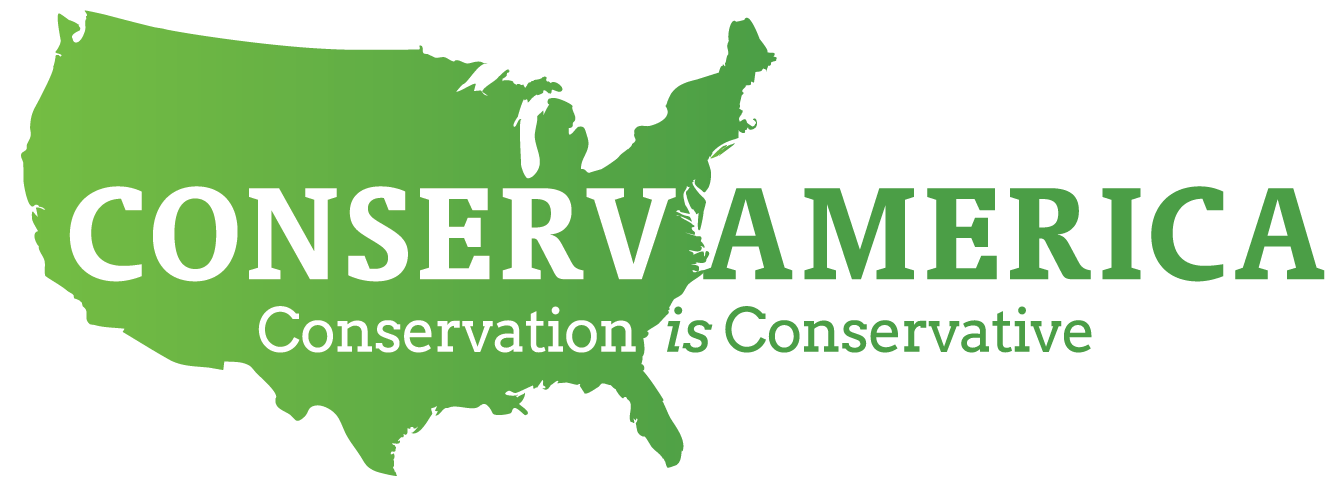Recovering America’s Wildlife Act is Important for Rejuvenating Both America’s Spirit and Its Economy
For millions of Americans currently under stay-at-home orders, the simple pleasures of enjoying the beauty of nature and wildlife have taken on greater meaning than ever before. Among other things, Americans are realizing that we have taken our natural resources for granted. Congress should take advantage of that national sentiment to modernize our conservation efforts. Most recently, we wrote about the need to update the Endangered Species Act.
But what about the wildlife that isn’t considered “endangered”? The Recovering America’s Wildlife Act will help at-risk wildlife before they need the more costly and restrictive “emergency room” measures required by the Endangered Species Act, while at the same time helping recover those species already listed as threatened or endangered.
The reality is endemic wildlife and fish species are facing significant threats to their habitats. As the demand for natural resources increases, along with major threats to natural habitats and existing populations, state and national efforts to support at-risk wildlife populations are becoming much less effective. At-risk wildlife populations could easily become endangered or extinct when exposed to invasive species, habitat loss, and extreme weather changes — not to mention disease, which is on all of our minds right now.
Currently, the State and Tribal Wildlife Grants program addresses such concerns. But this program is often underfunded. Simply put, financial support for at-risk species is insufficient until the species becomes endangered and subject to support from the Endangered Species Act.
The Recovering America’s Wildlife Act is critical to recover, restore, and sustain at-risk wildlife and fish populations. The Act will provide $1.4 billion annually to support existing and new habitat conservation and restoration programs. Most importantly, the funds will be available without going through the annual appropriations process.
Under the act, each state will develop a State Wildlife Action Plan that identifies at-risk species and outlines steps to protect and recover these populations. Funds from the act will restore habitats for identified species and implement conservation plans as part of each state’s Wildlife Action Plan. So far, state agencies have identified 12,000 at-risk species that could benefit from conservation efforts and funding under the plan.
Recovering America’s wildlife is critical to our economy. A diverse and vibrant variety of wildlife and fish species brings significant value to the United States. Each year 100 million Americans participate in outdoor recreational activities, including birding, fishing, and hunting. The outdoor recreation economy is responsible for contributing $887 million every year to the U.S. economy and provides 7.6 million jobs. Preserving opportunities to participate in outdoor recreational activities and appreciate the variety of wildlife and fish will support the national economy, improve public health, and strengthen communities.
This bipartisan solution has garnered much support and will continue to do so. The Recovering America’s Wildlife Act has received support from over 150 representatives and was recently approved by the House Committee on Natural Resources. The act presents a collaborative, sustainable, and proactive strategy that will build resilient communities and support thriving wildlife populations and prevent costlier conservation measures in the future.
